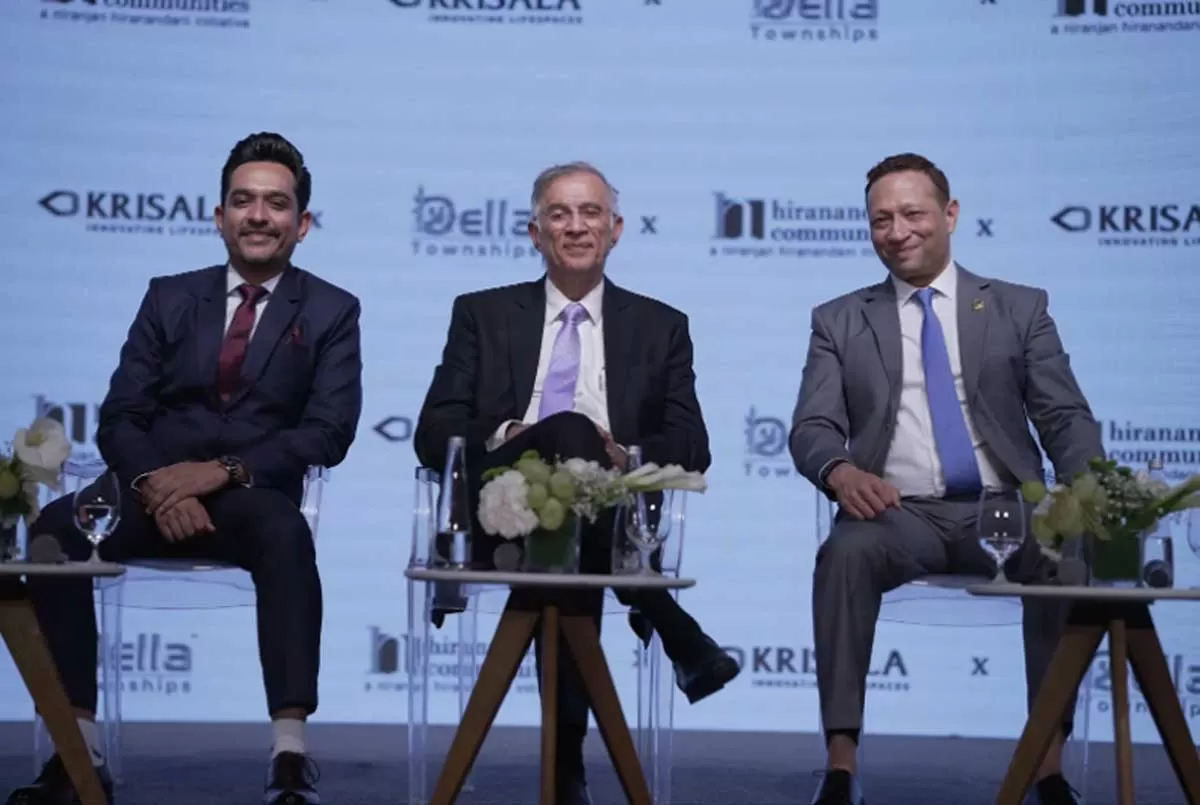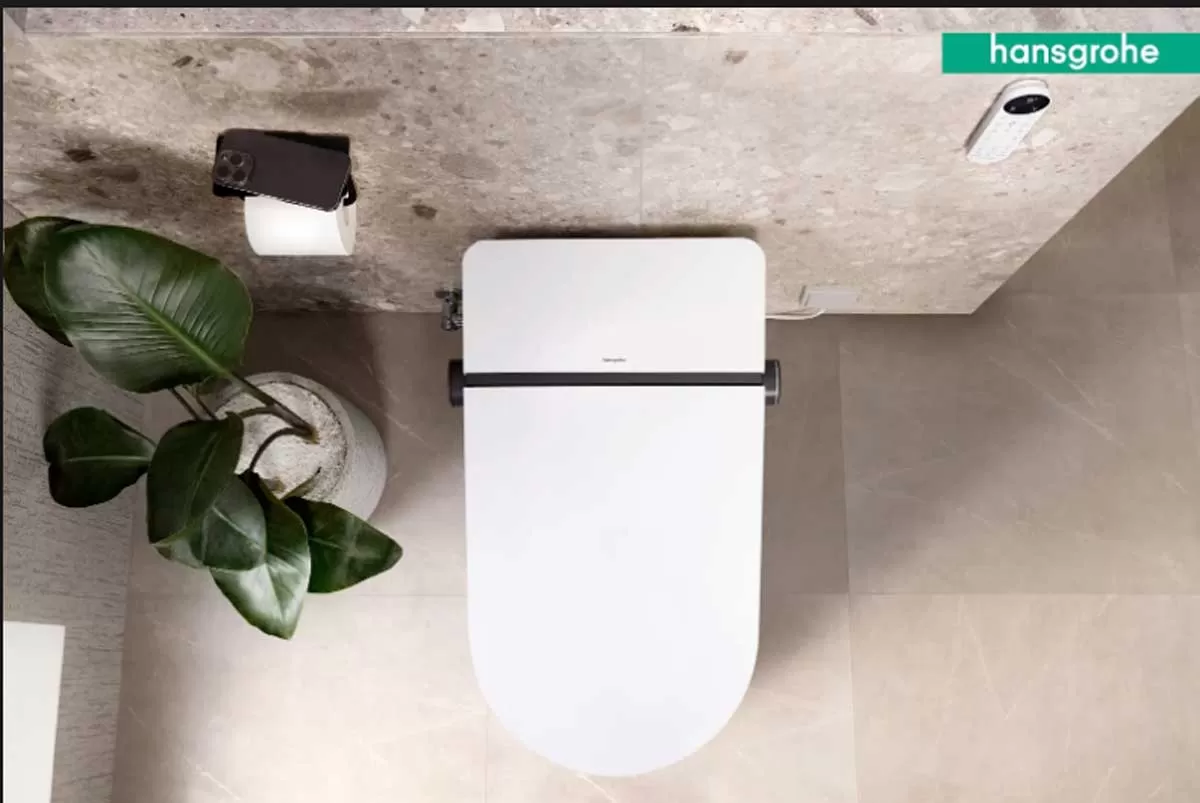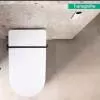CW speaks to leading cement manufacturing companies to understand trends, pricing and efforts taken to reduce production cost.
The entire cement sector witnessed a fall in volumes in the March 2015 quarter. But the industry continues to beam with hope. This is not surprising, considering the government´s focus on using cement in roads, identification of smart cities and housing for all, which are driving demand for infrastructure and housing. For its part, the industry is expecting demand to pick up from the second half of FY16. Today, we have cement production capacity of 350 million tonne; by 2020, this number is expected to reach 550 million tonne. According to a recent India Brand Equity Foundation (IBEF) report, of total capacity, 98 per cent lies with the private sector and the rest with the public sector, with the top 20 companies accounting for around 70 per cent of total production. Also, 188 large cement plants together account for 97 per cent of total installed capacity, while 365 small plants account for the rest. Of the 188 large cement plants in India, 77 are located in the states of Andhra Pradesh, Rajasthan and Tamil Nadu.
Cost of cement becomes a paramount factor as well. According to recent reports, a bag of cement of 50 kg on an average is estimated to cost Rs 260 in central India, Rs 235-260 in northern India, Rs 290-360 per bag in eastern India, Rs 350-380 in southern India and Rs 285 per bag in west India. CW speaks to a few leading cement manufacturers to understand current trends, pricing, and efforts taken to reduce production cost.
´Portland slag cement, when used in a house, will generate strength as it ages.´
- Anil Kumar Pillay, Director & CEO, JSW Cement
Current capacity: Our current consumption is 350 million tonne; we should be able to increase this production and consumption to around 500-550 million tonne. We have three units at present, with an overall capacity of around 6 million tonne today. The company has a vision to increase its capacity to 30 million tonne by 2025.
Reducing production cost: The only way to survival, is cost reduction. Around 70 per cent of our cost is variable, which comes out of power and coal. First would be the cost of coal, followed by power, and then stores and spares. So we use various types of fuel that reduces costs and look at the cheapest raw materials that meet our quality requirement.
Blended cement: We are the only players in southern India who produce Portland slag cement (PSC). For every tonne of slag cement produced, our carbon emission is half that of our competitor. The only disadvantage compared to ordinary Portland cement (OPC) is high early strength. PSC, when used in a house, will generate strength as it ages. But PSC is the future of cement in India. Made from slag, which comes out of the steel factory, PSC cement is ideal for any commercial, residential and infrastructure requirements.
The challenge: The greatest challenge is to survive till the market picks up. Then, we will look at how we can improve our profitability-capacity utilisation-followed by ramping up capacity.
´The focus is on reducing production costs.´
- Manoj Misra, Chairman & Managing Director, Cement Corporation of India
The demand: Demand is expected to increase from 1,500 million tonne to 3,500 million tonne by 2020. In India, maximum demand - 54 per cent - is from residential projects followed by infrastructure projects.
Blended cement: We have a 25-30 year board plan, which the company revised in 2006. This includes investing in capacity enhancement and modernisation of plants like cement system and cement mills, etc. While the focus is on producing OPC, changes are being made in the cement mill to produce PPC. The demand for blended cement is 90 per cent and for OPC 10 per cent, so we aim to capture the market for blended cement.
Reducing production cost: The focus is on reducing production costs. Three factors that cannot be controlled are the price of coal, power and freight. So extracting maximum from other factors of production is important, like modernisation of limestone mining and processing of other raw materials. Also, redesigning the product mix, modernising cement mill and focusing on blended cement are steps taken to maintain low production costs.
The pricing: The cost per bag is close to Rs.280-300. Tax rates account for around 40 per cent of cement cost. Additionally, around 20 per cent of cost is invested in power, coal, freight etc; 20 per cent on raw material and manufacturing costs; and 20 per cent on labour and other administrative costs.
´Raw materials make up around 20 per cent of total cement production cost.´
- Sajjan Bhajanka, Chairman, Cement Manufacturing Company Ltd
Production capacity: Our present capacity is 3 million tonne and an additional half million is clinker capacity. Our clinker plants are located in Meghalaya with 2.6 million tonne capacity.
Reducing production cost: Raw materials-limestone, coal and gypsum-make up around 20 per cent of total production cost while labour, electricity and consumable cost, taxes, royalty and excise are the major expenses. In the northeast, freight cost is high but variable. Road transportation is high. Based on this, we sell bags from anywhere between Rs 300 and Rs 450 a bag.
We are trying to optimise the system by installing a belt-like conveying system to reduce transportation cost and diesel. Our plant is supported with German machines and pollution reducing systems, so at least we can try and reduce electricity cost. Blended cement: Our cement contains fly ash and our market demand is 100 per cent PPC. In the northeast, there is excess capacity. The annual demand is 6-7 million tonne and capacity 10 million tonne.
The challenge: Operating the plant at a reasonably high capacity owing to surplus demand is a challenge. Transportation through the Railways is not given priority and road transportation becomes costly. Also, in the northeast, the terrain is hilly and it occupies only 8 per cent of India´s land with 4 per cent of the population. While in most of India, cement is transported within 300 km, it travels 500 plus km in the northeast.
´Surplus capacity can be utilised by road projects.´
- Jagdish Chandra Toshniwal, Executive Director, Wonder Cement
Production capacity: We have one plant with an installed capacity of 3.25 million tonne in RK Nagar, Tehsil-Nimbahera, District Chittorgarh in Rajasthan, and are planning to double capacity to 6.75 million tonne by year-end. While our focus has been on stabilising operations, we are also looking at lowering production cost by reducing fuel and power consumption, installation of WHRS and using petcoke instead of coal. Also, blended or fly-ash cement comprises 70 per cent of our production. The cost of blended cement and Portland cement varies on the basis of blending done. So, 25 per cent of blend can lower the cost of the product by 15-20 per cent.
Demand and pricing: The north has almost 25 per cent surplus capacity, the south 40 per cent, east 10 and west 15 per cent. This unutilised capacity puts pressure on the pricing. Prices are directly linked to demand. Cement prices in Rajasthan is around Rs 260-270 per bag. The price will continue to fluctuate until there is oversupply in the make.
The opportunity: Today cement supplies are in excess of demand. This surplus scenario may be there for some period, but in long term we believe that cement consumption will grow in the range of 8 to 9 per cent.
Government announcement of large infrastructure spending, building of highways, affordable housing and smart cities will generate good demand of cements. We, therefore, strongly believe that cement will again have 8 to 9 per cent growth in consumption in three to five years horizon, and therefore, there are good opportunities to grow our cement business.
´RMC is not even 10-12 per cent of cement consumption.´
- R Sanjay, Assistant Executive Director - Institutional Sale, Dalmia Cement Bharat Ltd
The demand: Southern India commands a large share of total cement demand. In the next 10 years, sturdy growth can be anticipated if the Government´s infrastructure plans become fruitful. Demand for bulk cement will continue to increase and, hence, RMC demand. At present, RMC is not even 10-12 per cent of cement consumption in India, as opposed to around 75-80 per cent in developed countries.
Blended cement: Several companies are already in the business of producing green cement. We will launch these value-added products only when demand is sufficient. We are one of the few that make a variety of commercially sold cement products like sulphate-resistant cement, oil-well cement, railway-sleeper cement, etc.
Road projects: Concrete roads are durable and cost-effective. The industry predicts that even if the Government lays 20 km per day, it will amount to around 7,000-7,500 km per year. That said, the requirement of concrete will not be over 7 million tonne, which is within the reach of established cement capacity.
Pricing: Fluctuation in prices should not have much impact on project costs. For instance, in a project, half a bag of cement is required for 1 sq ft. So the cost of cement is around Rs 2 lakh for a 500-sq-ft house as opposed to the price of Rs 40 lakh at which the house is sold. The cost in Telangana and Andhra Pradesh is around Rs 380-Rs 390 per bag for trade.
- Shriyal sethumadhavan
To share your views on the Cement market in India, write in at feedback@ConstructionWorld.in


















